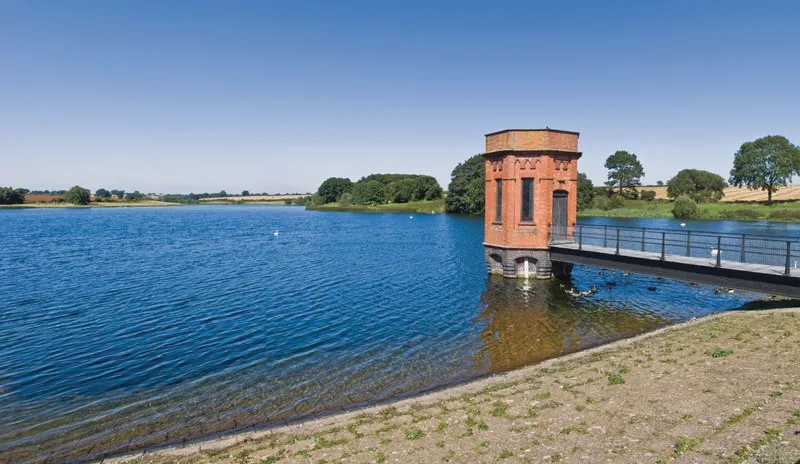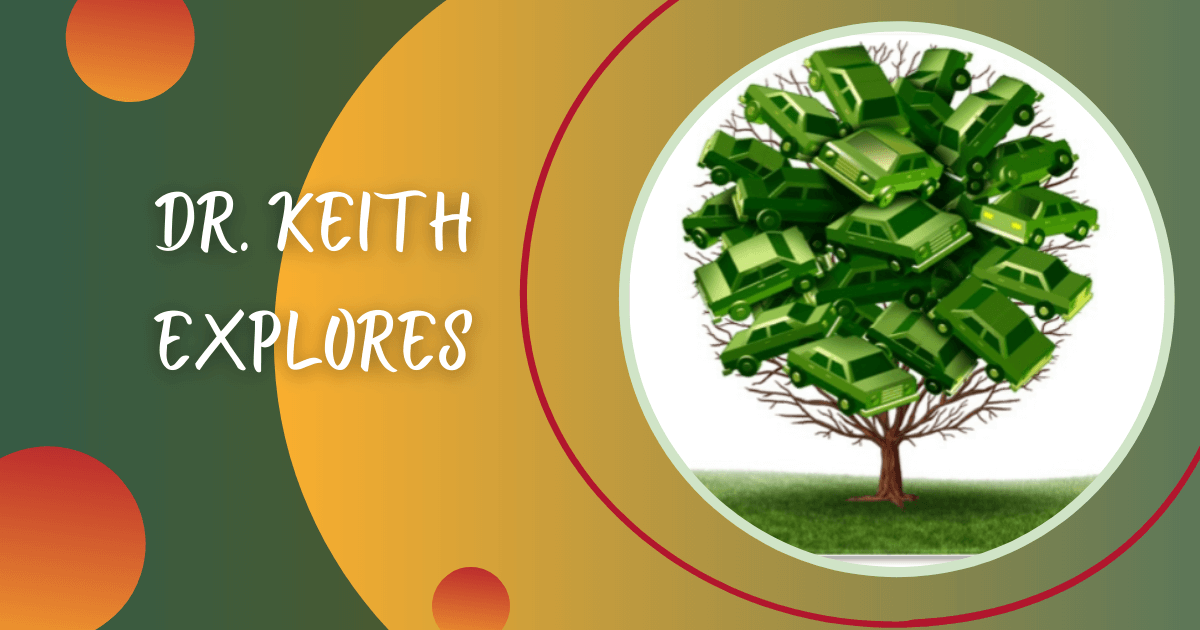Today’s talk begins with a small activity. Take a clean, clear glass and put some tap water into it. Set it down and examine it carefully. Most likely you will see nothing in it. It looks clean and pure and it probably is safe to drink.
Take another clean glass and do the same thing but this time, place a teaspoon of salt in this glass of water and stir until all the salt dissolves. Wait for a few moments until the water stops moving. Place the two glasses side by side.
Get someone who did not see you do this and ask them by just looking, to identify the glass that has the dissolved salt. Since both glasses look the same, they will just have to guess since they would have no way of knowing this; unless they taste the water.
Now take a colored substance, for example, powdered Cool Aid or some juice and add it to any of the glasses of water. Immediately you will see that the water is no longer clear. In fact, you can say that it has something inside that makes it no longer pure.

The lesson is that we can see some pollutants in our water while others aren't always visible. Water may look clean but that does not mean that it is clean. It may be polluted.
While we can sometimes see if our rivers and well water is polluted, we might not always know if these trusted water sources are, in fact, polluted since we can't see all pollutants!
Two simple ways to measure pollutants in water is through pH and electrical conductivity (E.C). Here is a technology project that can help you make your own measure of pH and E.C.
Now, pour it from the two glasses down the sink and watch it disappear. Where did that water with the salt and the other substances go? It did not just disappear! It had to go somewhere and it took the pollutants along too.
In our next talk, we'll explore wastewater (what we poured into the sink), where it goes, and what it becomes.
Think about these questions: Does the wastewater end up in our rivers or does it end up underground in our drinking supplies?



